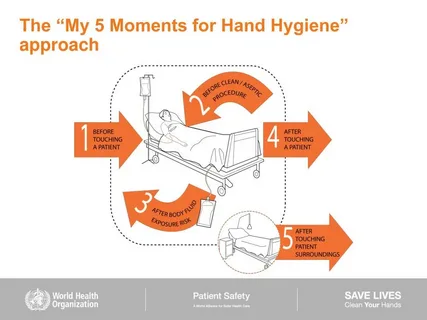When a loved one enters the correctional system, families often find themselves overwhelmed and uncertain about how to provide support. The journey through incarceration affects not just the individual behind bars, but their entire support network. Understanding available resources and knowing where to turn for help can make a significant difference in maintaining family connections and preparing for successful reintegration.
Understanding the System Basics
The correctional system operates differently across various jurisdictions, with distinct procedures, visiting policies, and communication protocols. Families benefit from learning about facility classifications, security levels, and transfer procedures that may affect their loved one’s placement. Many facilities provide orientation materials or family handbooks that outline basic policies, visiting schedules, and approved items for commissary deposits.
Local correctional departments often maintain websites with essential information about specific facilities, including visiting hours, dress codes, and prohibited items. These resources help families avoid common mistakes that could result in denied visits or returned mail.
Communication and Visitation Resources
Maintaining contact with incarcerated family members requires understanding the various communication channels available. Most facilities offer monitored phone services, email systems, and video calling platforms, though costs and time restrictions vary significantly. Families should research prepaid calling plans and communication packages that best fit their budget and needs.
Visitation policies differ between facilities, with some offering in-person visits while others have transitioned primarily to video conferencing. Understanding scheduling systems, background check requirements, and approved visitor lists helps families plan meaningful connections. Many facilities now provide online scheduling platforms that streamline the visitation process.
Financial Support and Management
Incarceration creates immediate financial challenges for families, both in terms of lost income and additional expenses related to supporting their loved one. Commissary accounts require regular deposits for basic necessities, while phone calls and communication services add ongoing costs.
Financial assistance programs exist through various nonprofit organizations, religious institutions, and community groups. These programs may help with commissary funds, legal fees, or basic family needs during the transition period. Additionally, some organizations provide guidance on managing finances while preparing for eventual release and reintegration costs.
Online Search Platforms and Digital Resources
Digital platforms have revolutionized how families access information about the correctional system. Comprehensive databases allow users to locate incarcerated individuals across multiple facilities and jurisdictions. These search tools typically provide facility information, estimated release dates, and contact details for specific institutions.
Many of these platforms also feature educational resources, including guides for first-time families, explanation of legal processes, and directories of support services. Some platforms integrate with facility systems to provide real-time updates about transfers, court dates, or status changes.
Online forums and community platforms connect families facing similar challenges, creating networks of support and shared experiences. These digital communities often share practical advice about navigating specific facilities, understanding legal procedures, and maintaining family relationships during incarceration. Regional platforms serving areas like Orange County and surrounding communities frequently offer localized resources and facility-specific guidance that proves invaluable for families.
Legal Aid and Advocacy Services
Access to legal information and advocacy support proves crucial for many families navigating the correctional system. Public defender offices, legal aid societies, and pro bono programs offer various levels of assistance depending on individual circumstances and geographic location.
Many communities maintain legal clinics that provide guidance on appeals processes, sentence modifications, and release planning. These services often extend beyond direct legal representation to include family education about rights, procedures, and available options throughout the incarceration period.
Preparing for Reintegration
Successful reintegration begins long before release dates arrive. Families benefit from understanding parole processes, halfway house placements, and community supervision requirements. Many correctional facilities offer pre-release programs that involve family members in discharge planning and goal setting.
Employment assistance programs, housing resources, and substance abuse treatment options require advance planning and coordination. Many communities maintain comprehensive reentry organizations that provide support services, including job training, housing assistance, and family counseling programs.
Community-based organizations often specialize in specific aspects of reintegration, from employment placement to mental health services. Building relationships with these organizations before release helps ensure smoother transitions and reduces recidivism risks.
Moving Forward with Hope
Navigating the correctional system challenges families in unprecedented ways, but abundant resources exist to provide support and guidance. By understanding available tools, maintaining open communication, and preparing systematically for reintegration, families can maintain strong bonds and work toward positive outcomes.
The journey requires patience, persistence, and access to reliable information, but families who actively engage with available resources typically experience better outcomes and stronger relationships throughout the process.










